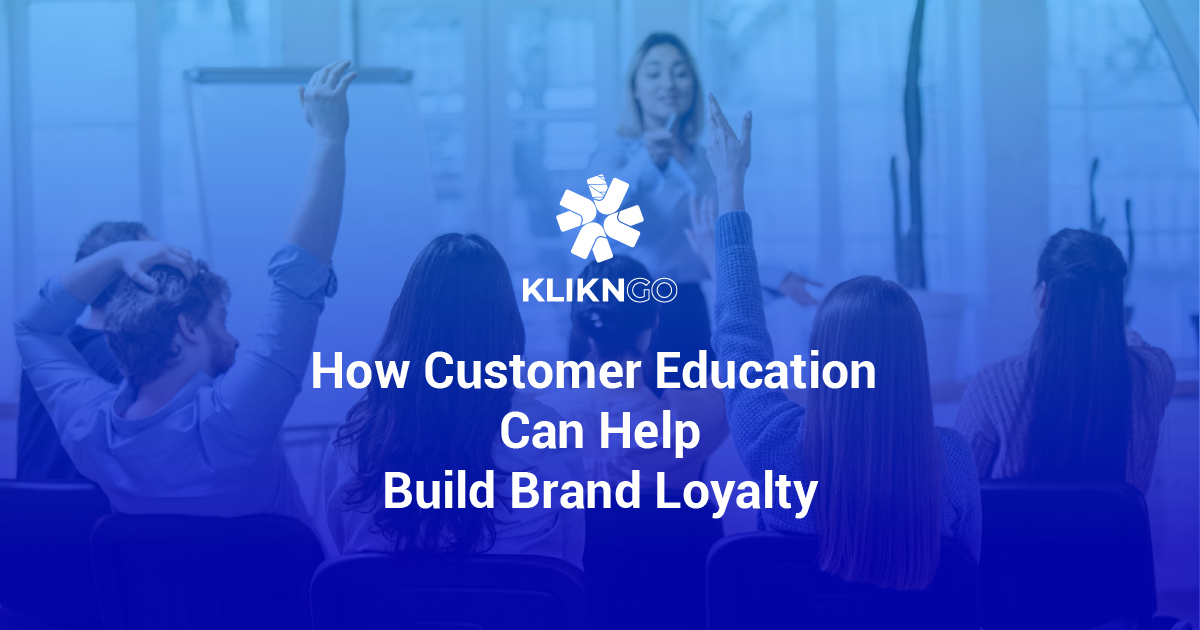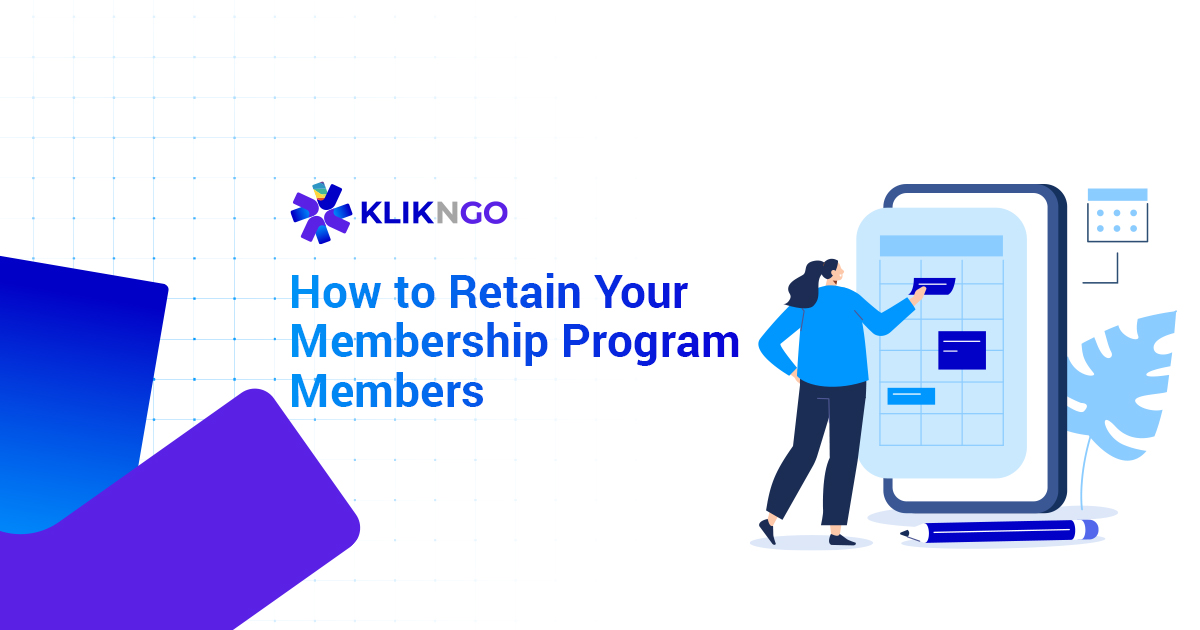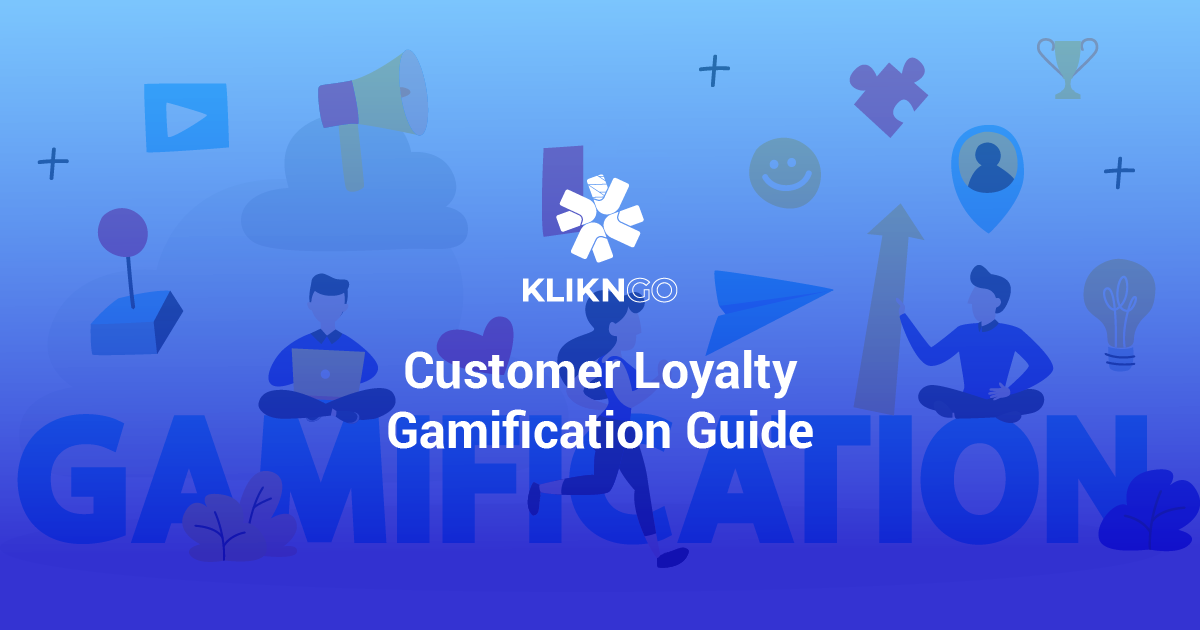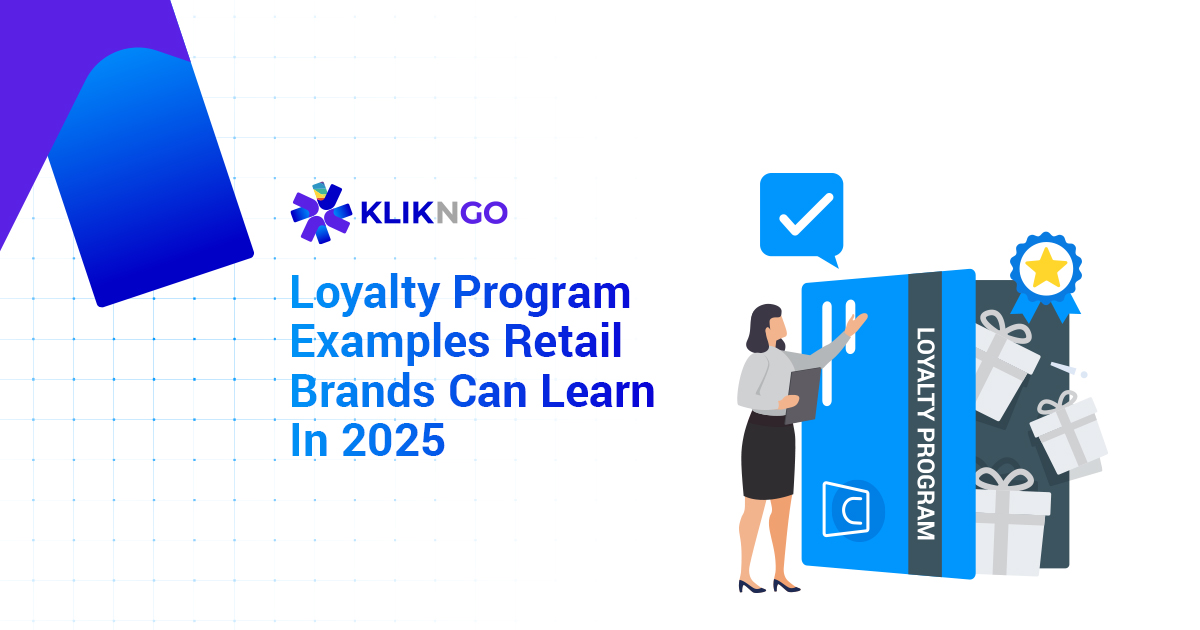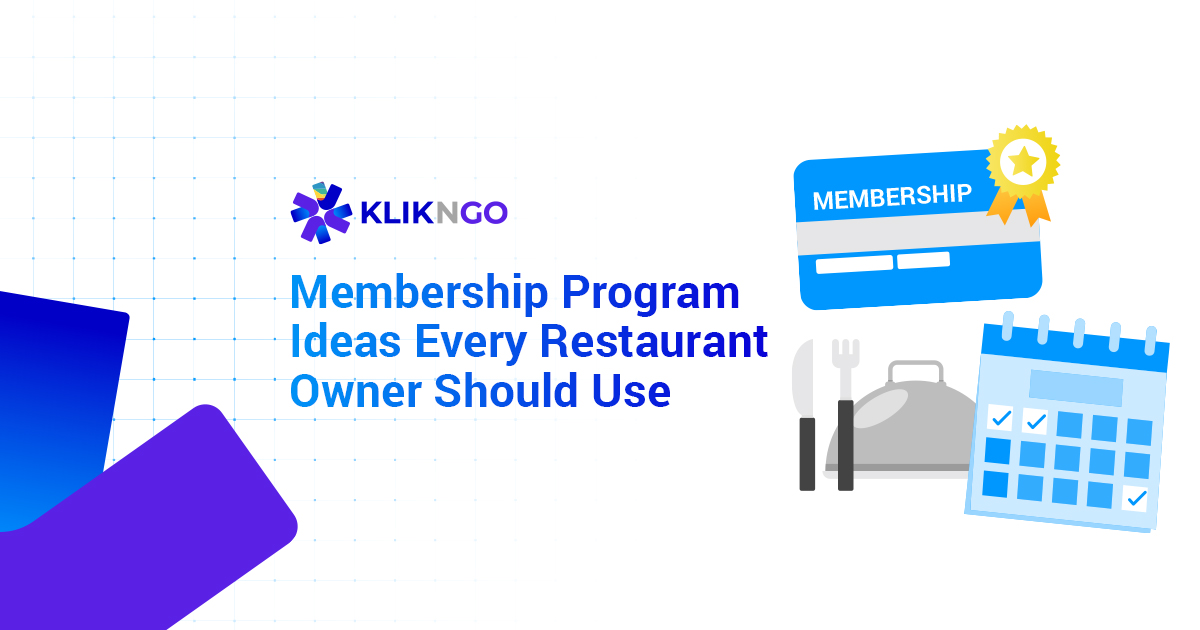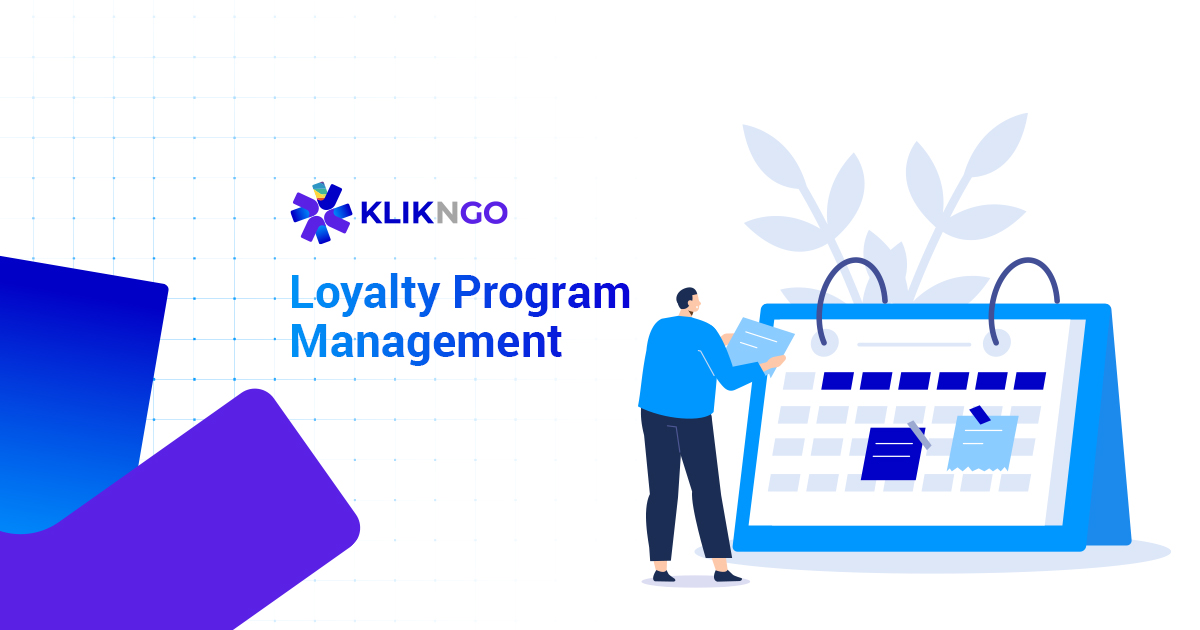Why Customer Education Helps With Building Brand Loyalty
You Position Yourself as an Expert in the Industry
Customer education is a smart way to position yourself as an expert in the industry and build brand loyalty.
When a company shows that it knows the challenges of a specific niche, such as an accounting software company that knows the daily problems of accountants, it shows that it understands the industry very well.
By solving these problems with innovative solutions like specialized software, the company proves its expertise and becomes a trusted and helpful partner in dealing with industry-specific issues.
Educating customers also helps to solve problems and create trust. When customers see a company as an expert in its field, they trust that its products or services work well.
They prefer to buy from a trusted expert than from unknown brands. The trust that comes from expertise makes a strong base for brand loyalty, as customers feel that the company understands their needs and can meet them fully.
Customer education is not only about solving current problems; it is also about giving more information that makes customers think and engage more. By answering questions and sharing insights on different topics related to the industry, a company gives customers more to think about.
This keeps the engagement going and strengthens the relationship between the brand and its customers, making them more loyal.
As customers learn more about the industry from the company’s education, they see the brand not only as a seller of products or services but also as a useful source of expertise, making them more loyal.
Customer Education Helps Build Goodwill
When you educate your customers, you solve their problems and create goodwill. This means that customers will appreciate you and your help.
This will make them more loyal to you and your brand naturally. This will grow even more when you make more content, and more tutorials to help your followers with common industry problems.
The more you educate and help your customers, the more goodwill you will build. These people will be loyal to you and your brand and will be more likely to do what you ask.
That’s why so many YouTubers and bloggers in different niches are so popular, it’s because they are experts in their niche and help people.
Many brands want these influencers to promote their products, and they pay a lot for such a loyal audience.
You can do the same with your brand by educating your customers through different channels like social media and blog posts.
It Shows That You’re More Than Just a Corporation
Customer education can also show your followers the people behind the company.
This makes the company more human and can create a personal bond with your viewers.
This is why “A Day in the Life” videos on YouTube and TikTok are so popular. They show what it’s like to work in a company that people may not know much about.
If you use these elements in your educational content, you can build a loyal fan base for your brand and your product.
For example, look at the brand “Nothing”. Nothing was started by Carl Pei in 2020, who also co-founded the famous mobile phone brand “OnePlus”.
Many of their videos are honest, showing the backstage of their founders and staff, while also teaching and promoting their unique features subtly.
They have a huge following on YouTube (over 600,000 subscribers as of this article) just by being candid and clear with their educational content.
Education Strategies Build a Community of Loyal Customers
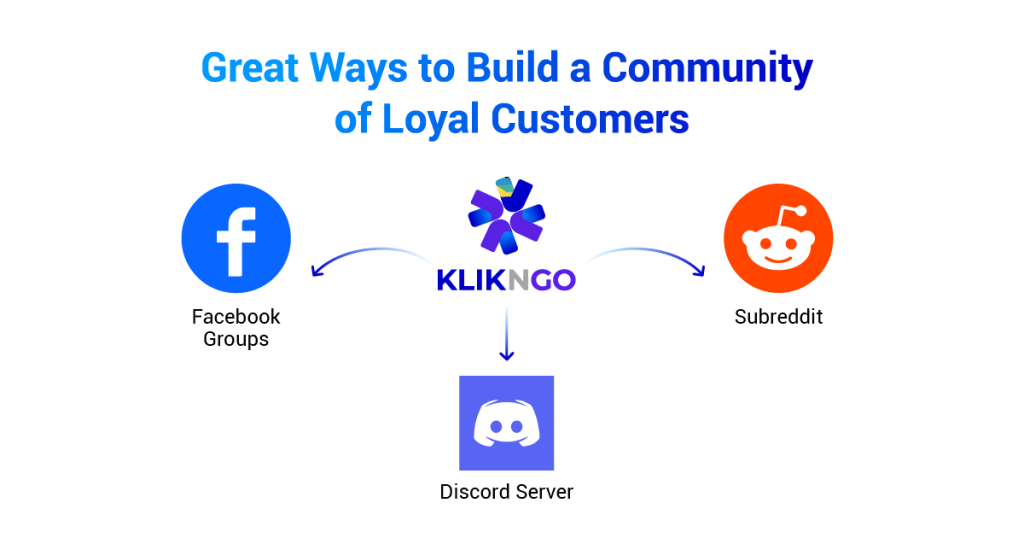
By educating your customers, you can create a loyal fan base that interacts with your brand and each other.
A good way to do this is to have your own Facebook group and discord servers where customers can ask questions and get answers from moderators or experts who represent your brand.
This can increase loyalty among the group members even if your brand does not join the conversations.
However, we advise you to do your best to answer questions as often as you can.
You can also have your own forum where customers in your loyalty app can provide data automatically on what topics or subcategories they are most interested in.
This can help you get feedback and fix any issues before customers complain!
Educated Customers Are Great for Feedback & Improvement
As we mentioned before, educated customers are valuable for feedback and improvement. The more your customers learn, the more loyal they become.
So they are likely to give you detailed feedback – with or without a reward.
When you make changes based on their feedback, customers will feel that they have a stake in the brand and are “part of the family”, which boosts their loyalty even more.
You don’t have to change your product based on every feedback. The important thing is to sort feedback and look for a pattern.
For example, if 100 people want a certain feature, then it makes sense to add it.
You can also decide this based on your product roadmap. So if that feature is logical, but only after another feature, then that should be your plan.
A good CRM (like ours in KlikNGo) lets you collect feedback easily and give the reward automatically – on your loyalty app or online.
This saves you from having your staff do it manually and users will be more willing to share more details at home and at their own pace.
Amazing Ways to Educate Your Customers or Following to Build Brand Loyalty
Blog Posts & Website Content
Blog posts and website content can teach colder customers who might’ve not heard about your brand – at the top of the funnel.
These visitors may have little knowledge of your brand but are interested in what solutions you offer.
Often, people discover blog posts through search engines like Google, and they usually use search queries.
Your blog posts should align with the user intent and fully answer their questions so that you can earn a reputation with organic searchers (like you who are reading this article now!).
If the searcher’s intent is met, they will be more likely to trust your brand and website, which in turn gives Google a positive signal to rank your website higher based on factors like engagement time, bounce rate, etc.
This also persuades your customers to interact with more of your content – like on your email list, YouTube, and others that we will discuss more in this article.
Email Marketing & Newsletter
Email marketing is the easiest and most cost-effective option on this list – if you have your blog set up.
Your blog posts are the best way to grow your email list and newsletter. This is because your blog posts will attract a lot of top-of-the-funnel visitors to your website, and you can use that to move them to the middle of the funnel – email marketing is perfect for that.
Many people and companies try to get subscribers to convert too soon, which is a mistake.
Your email strategy should start with giving some value, like entertainment or education – or both!
After 3-4 emails (in a few weeks), you can try converting by sending an email focused on conversion.
Another great thing about email lists is that they can protect you from Google updates.
If your website was hit by an update and organic traffic goes down, you’ll at least have your email list to rely on for sales, etc.
Video Content (YouTube and TikTok)
Another great way to educate your customers and build a following is through video content like YouTube and TikTok.
These strategies work in tandem with one another and we can break them down into two categories, which are long-form and short-form content:
Long Form Video
Long-form content is usually tutorials, explanations, and other informative content for a specific niche.
Long-form content is longer than 60 seconds and has no limit. For example, some companies have free coding tutorials on YouTube that last more than 24 hours!
The goal is to be as short and clear as possible while meeting the user’s search intent.
For instance, if your company makes photo-editing software, you can make long-form tutorials on how to edit portraits with your software.
Or if there’s a hard term in your industry, you can explain it and help beginners learn it well.
Your long-form video content strategy should have informational videos that target all users from the funnel.
Beginner, intermediate, and advanced level content so that you’re able to slowly be able to position yourself as an expert who can answer all queries.
Short Form Video
Short-form video content is content that is shorter than 60 seconds. You can upload short-form content on platforms like YouTube Shorts, Instagram Reels, and TikTok.
These platforms have a 60-second limit and you need to be clear and concise. These platforms are good for giving quick tips and making users want to learn more, which you can use to lead them to your long-form videos.
The best thing about video content is that you can reuse your long-form as short-form content. For instance, you can split your long-form YouTube video into 5 short-form videos that are relevant.
You can then make these 5 short-form videos more appealing and post them on all three platforms we mentioned before.
This helps you bring more viewers to your long-form content from all these platforms, which will boost your brand loyalty faster.
The key thing is to have a segment at the end where you tell them to learn more in your YouTube video (a Call-to-Action – CTA).
For example, you have a long-form video tutorial on how to improve SEO. In that video tutorial, you cover many topics like keyword research, content writing, and link building.
You can make shorts based on the topics and upload them. With a strong CTA segment at the end, you can get them to watch your long-form video from there.
Podcasts
Podcasts have been on the rise in the last few years and at the time of writing this article, there are over 464 million podcast listeners around the world – which is a huge market to reach.
Usually, people who listen to podcasts are the most loyal and engaged in your following.
Think about it – a podcast can go for a few hours and you have to be really loyal to the brand to listen to it.
One podcast episode usually covers a few topics, but in-depth – and is a great way to teach your customers and followers who are in the middle or bottom of the funnel.
In the SEO community, the Niche Pursuits podcast is very popular and has thousands of views per episode. You can also use the short-form strategy that we talked about before to get more listeners!
Many podcasters like to take specific interesting parts from the podcast and turn them into TikToks and YouTube Shorts to get more viewers and subscribers from there.
Here’s a good article by BuzzSprout that explains how to start a podcast that you can read.
Exclusive Events or Roadshows
Events and roadshows are another great way to reach and build more loyalty for bottom-of-the-funnel users.
These events can include conferences, summits, fairs, or talks. Having your own will be great for branding but it needs a lot of resources.
That’s why we suggest trying to join someone else’s where you can get seen for less cost. These events are great because you can target your ideal demographics very well.
Pet lovers will be the main segment if you go to a pet expo. Depending on the niche, you can also get more information from organizers like age range, education level, income level, etc.
These events are great for connecting and spreading your brand to consumers. You will get some brand advocates if your talk is impressive in some way.
The Bottom Line
There you have it, practical strategies to harness the power of customer education in building brand loyalty!
If you’re eager to explore how customer education can elevate your brand loyalty, don’t hesitate to reach out to us for a free consultation.
And while you’re at it, be sure to explore our loyalty program product page!

